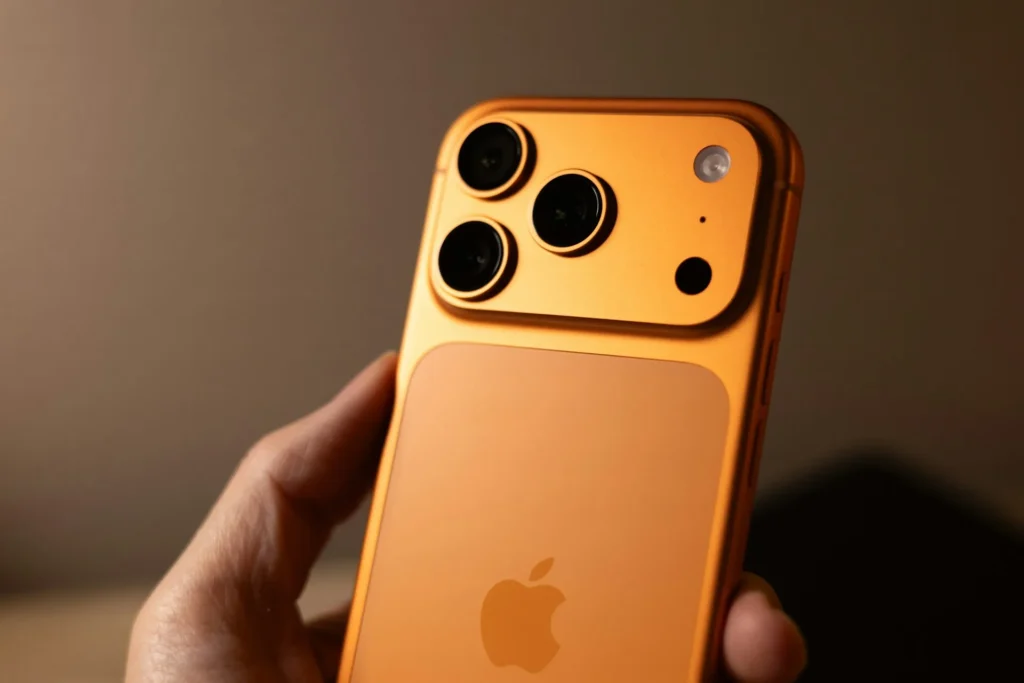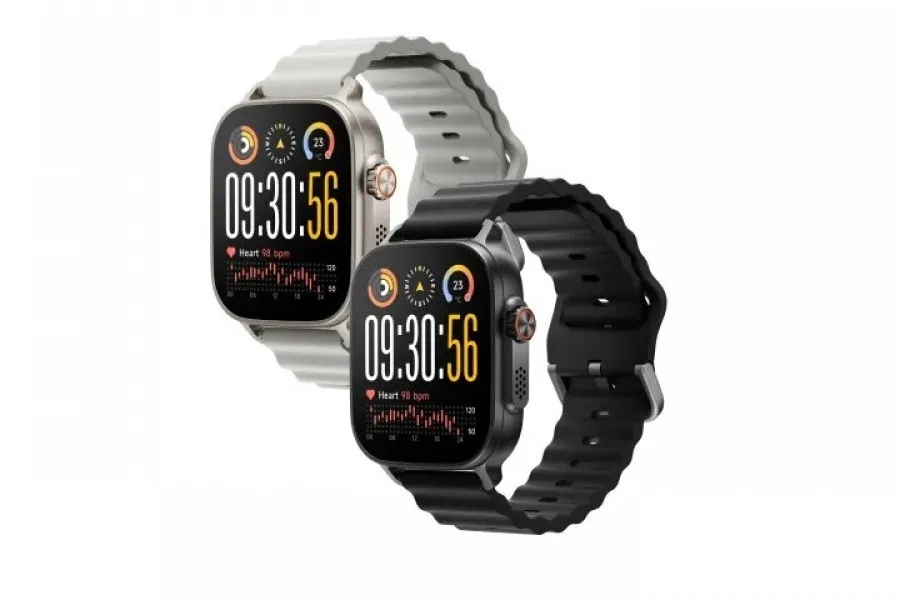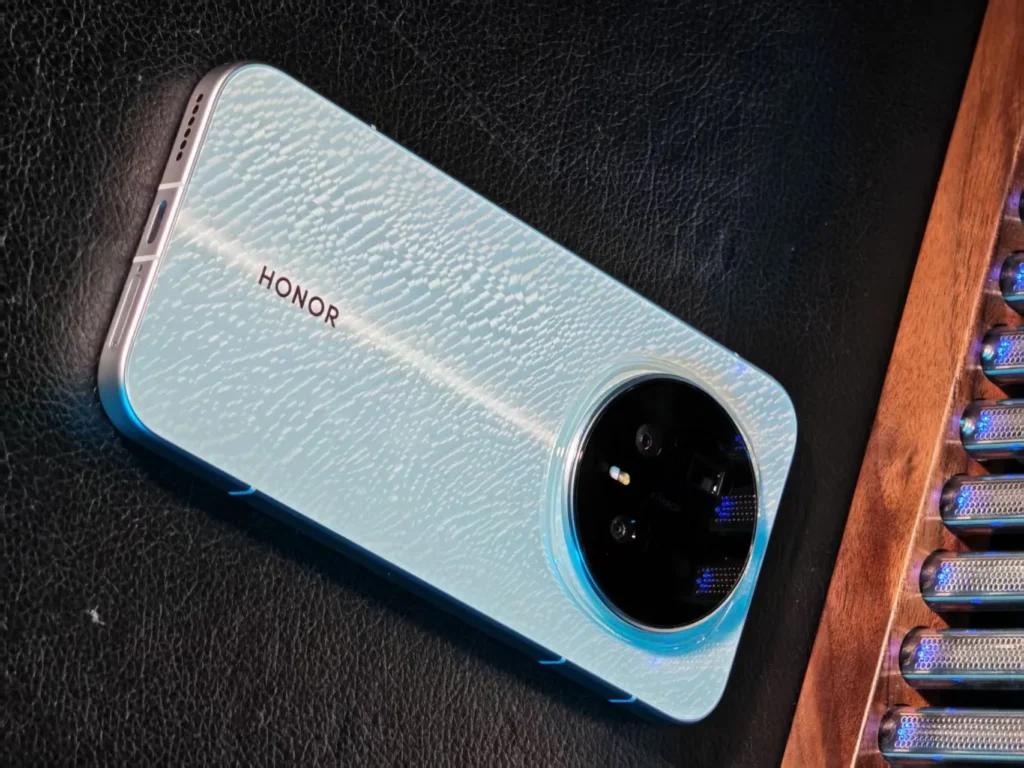The True Kings of Mobile Photography: Why Apple and Samsung Are No Longer Alone
If you live in the West, the answer to the question “Which brand makes the best smartphone cameras?” seems obvious: Apple or Samsung. Their flagship models have long been regarded as the gold standard in mobile photography.
However, looking a little further afield, particularly towards Asia, the landscape changes dramatically. Brands like Vivo, OPPO, Xiaomi, and Honor are pushing the boundaries of smartphone photography — to the point of sometimes surpassing Apple and Samsung.
Some even offer dedicated photography kits, complete with detachable lenses and professional zooms capable of achieving clear zooms of over 30x.
In short, the best mobile cameras no longer come solely from the brands you already know. It’s time to give them their due recognition.
1. What Truly Makes a Smartphone Camera “Good”?
Before declaring a winner, we first need to understand what we mean by “the best.” It’s not merely a matter of megapixels or camera module size. A great photography experience hinges on a balance between hardware and software — with a crucial role played by the image signal processor (ISP) integrated into the chip.
Here are the essential criteria:
- A genuine telephoto lens for accurate portraits and lossless zoom.
- A large main sensor, as a bigger sensor improves low-light performance.
- Optical image stabilization (OIS) to prevent blurriness and smooth out videos.
- Good computational photography — the software processing that adjusts colors, details, and dynamic range.
It’s this combination that sets a good smartphone camera apart from an exceptional one.
2. Vivo: Pure Precision
Vivo has quietly established itself as one of the most innovative mobile photography manufacturers. Its recent models, the Vivo X300 and Vivo X300 Pro, serve as proof of this.
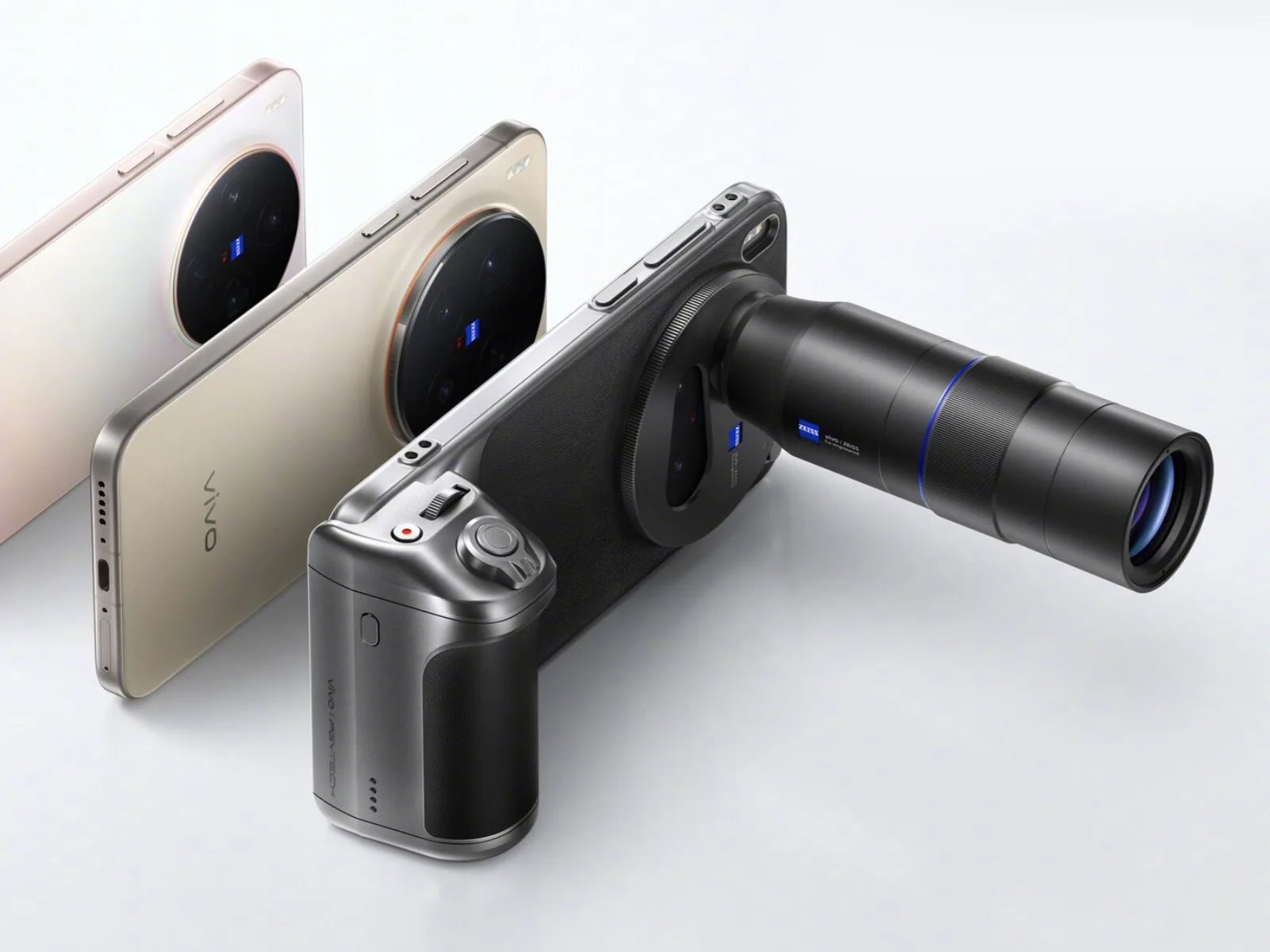
The Vivo X300 features a 200-megapixel main sensor (Samsung HPB), a 50-megapixel telephoto lens, and a 50-megapixel ultra-wide lens. The Vivo X300 Pro goes further, featuring a 50-megapixel Sony LYT-828 sensor and a 200-megapixel Samsung HPB telephoto lens (1/1.4 inches).
Both models utilize Zeiss optics to reduce glare and enhance sharpness. Notably, Vivo offers a unique 2.35x teleconverter that attaches to the camera module, extending the focal length from 80 mm to 200 mm.
A true delight for mobile photographers.
3. OPPO: The Science of Color
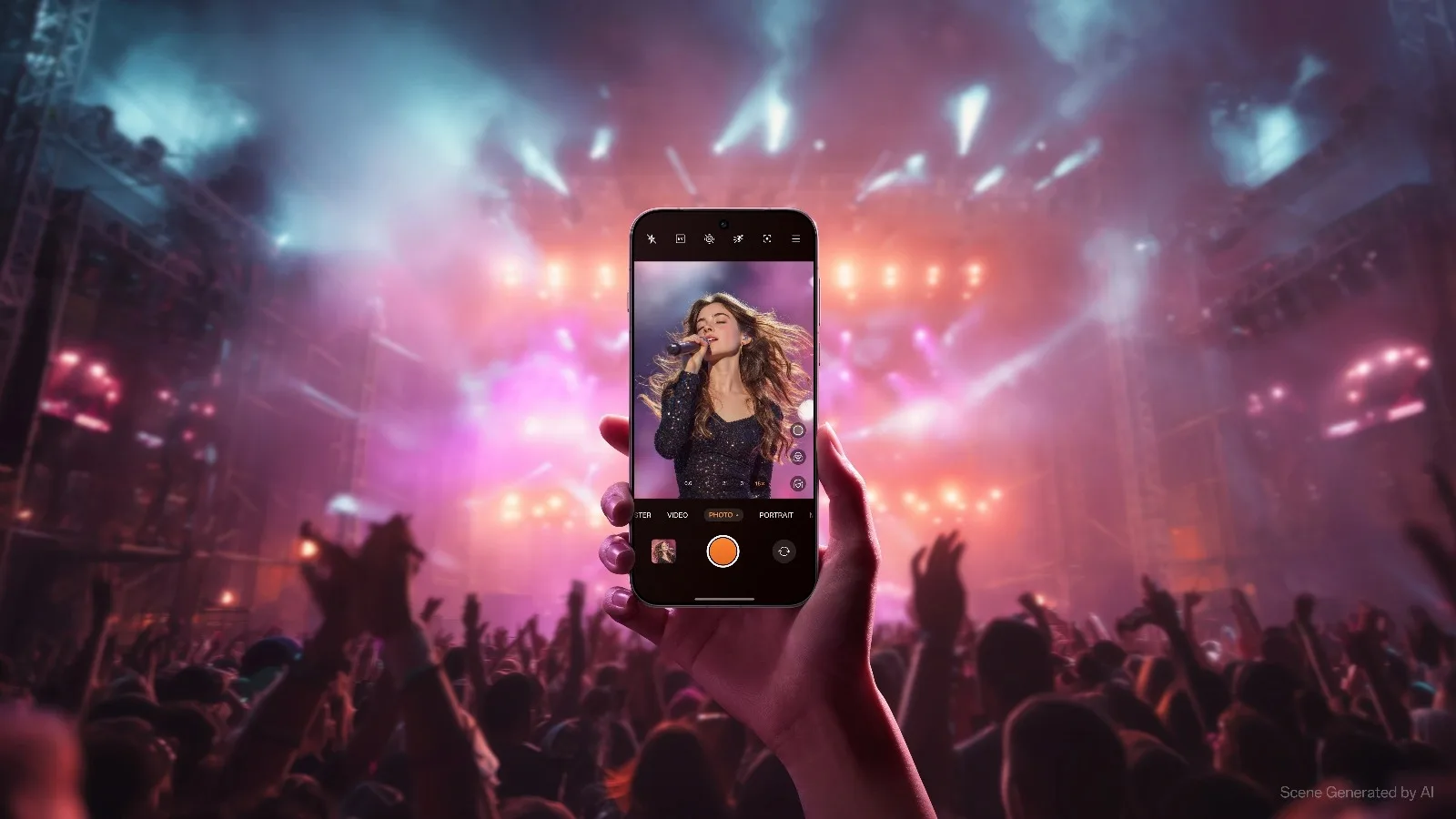
OPPO takes an equally ambitious approach. Its Find X9 Pro is equipped with a 200-megapixel Samsung HP5 telephoto lens (equivalent to 70 mm) offering 3x optical zoom and four-axis stabilization. Each module features Danxia Color Reproduction optics designed to preserve tonal accuracy and natural contrast.
OPPO has also partnered with Hasselblad to provide an official photography kit, complete with a teleconverter and accessories aimed at enthusiasts.
Much like Vivo, OPPO transforms its smartphone into a true photographic system rather than just a simple triple-lens device.
4. Xiaomi: Raw Power
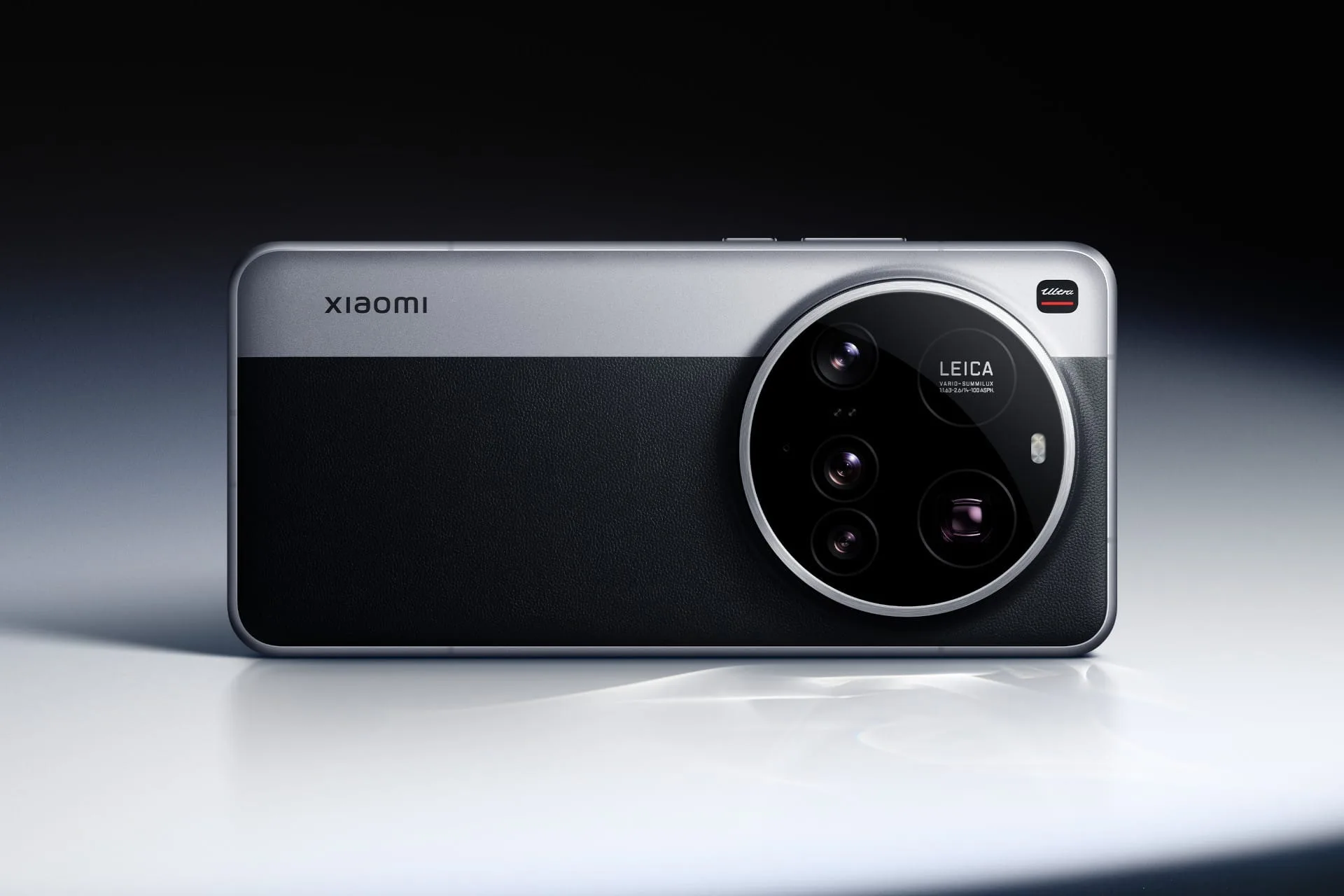
At Xiaomi, photography is a religion. The Xiaomi 15 Ultra impresses with its rich photographic hardware:
- A one-inch main sensor,
- A 200-megapixel periscope telephoto lens,
- A 50-megapixel “floating” telephoto lens,
- And a 50-megapixel ultra-wide lens.
The floating telephoto lens (equivalent to 70 mm) can also capture macros from just 10 cm away, with a natural background blur.
Xiaomi was also the first manufacturer to launch complete photography kits — a trigger grip, tripod, lens adapter.
With the Xiaomi 15 Ultra, the brand establishes itself as the hardware benchmark in mobile photography.
5. Apple: Consistency Above All
The iPhone 17 Pro remains the choice for reliability. Apple may not boast the largest sensors or the longest zooms, but its results are consistent, natural, and reproducible.
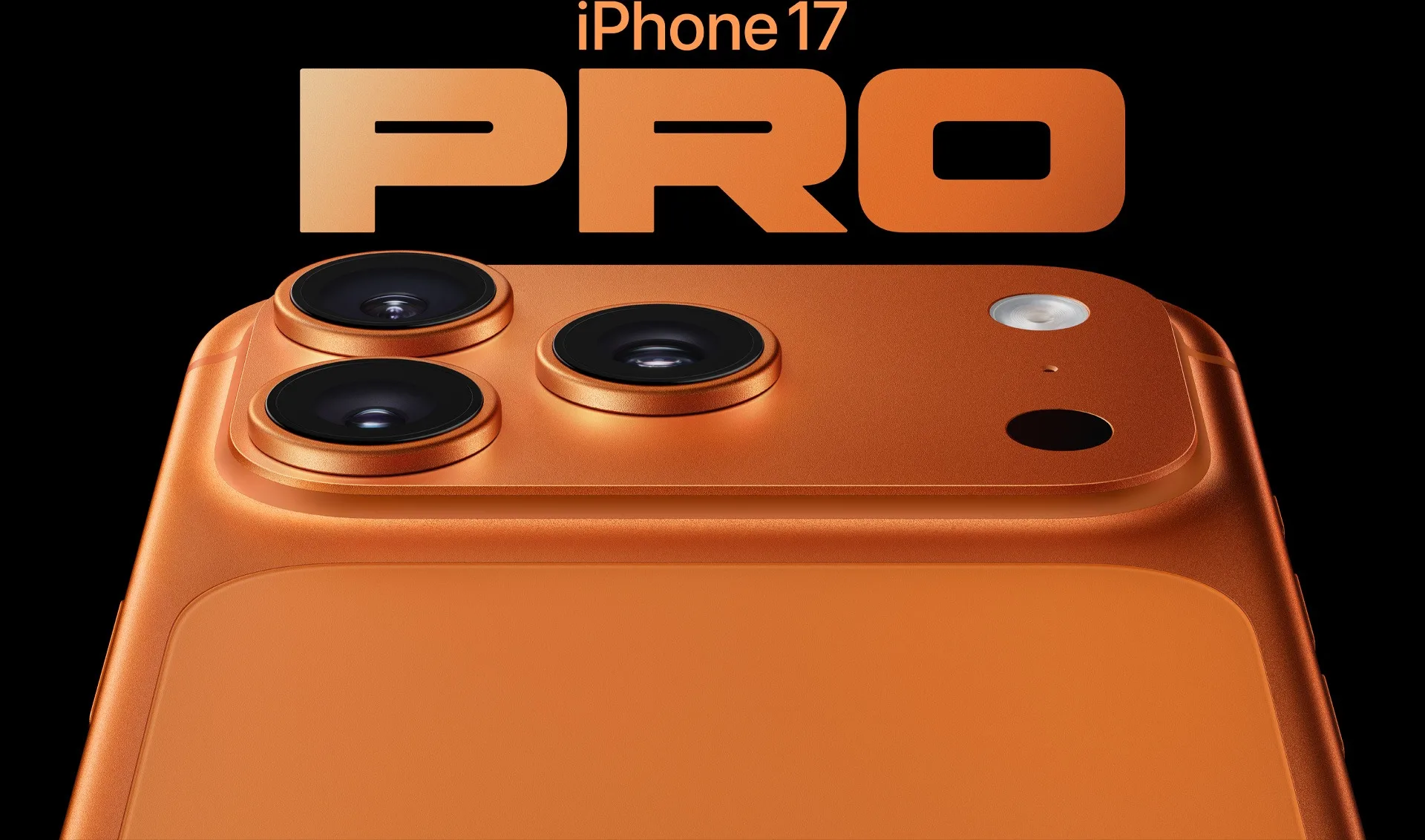
The Apple ecosystem (iCloud, AirDrop, third-party apps) makes it a mature and integrated photography platform, ideal for those seeking results without complicated settings.
However, in terms of optical innovation, particularly with zoom capabilities, Apple is moving slowly. If you enjoy long focal lengths or professional accessories, there are now more ambitious options available elsewhere.
6. Samsung: The Versatile Veteran
Samsung remains a major player — but no longer the undisputed number one. Despite having powerful sensors and excellent stabilization, DxOMark ranks its latest flagship around 21st place globally, behind Vivo, OPPO, and Xiaomi.
Nonetheless, the Korean giant retains an advantage: balance. Screen quality, software processing, reliability… everything is well-managed, even though Samsung is no longer leading the charge in every category.
A Podium That Changes Shape
In summary, for reliability and consistency, Apple and Samsung remain safe bets. However, for creativity, optical performance, and a passion for photography, Vivo, OPPO, and Xiaomi certainly deserve greater attention.
In 2025, the crown of mobile photography is no longer just a contest between Cupertino and Seoul. It is earned through innovation, precision, and vision — and on that front, China is pulling ahead significantly.

